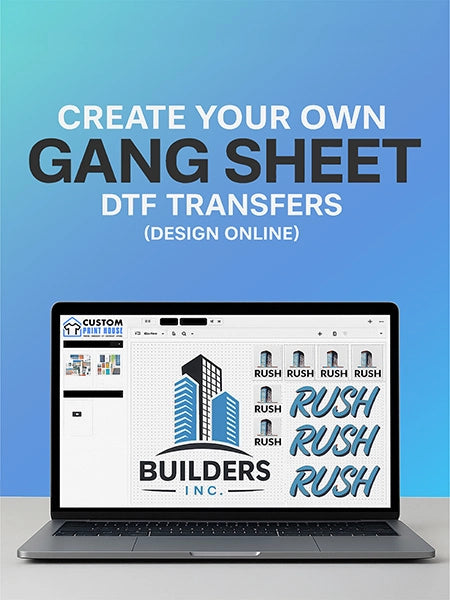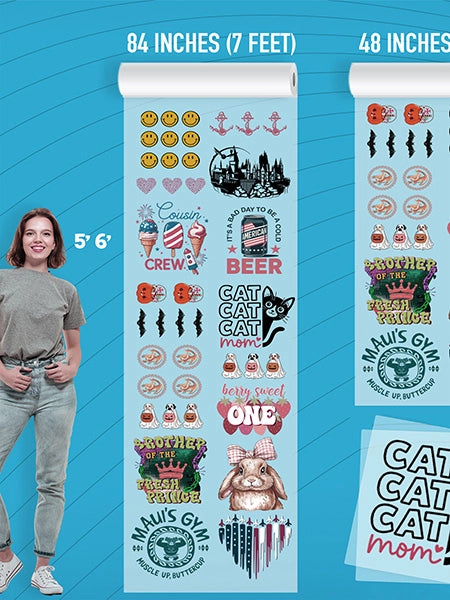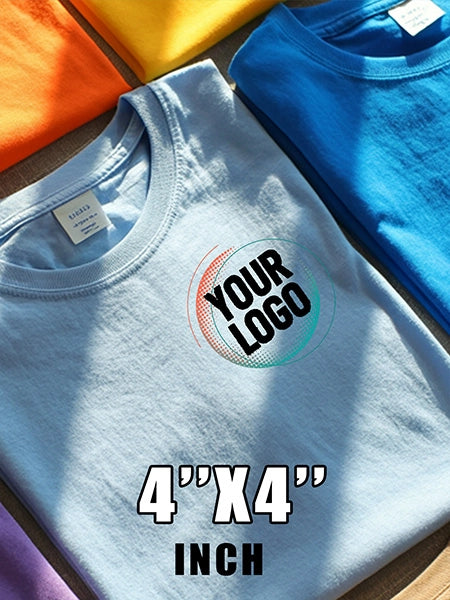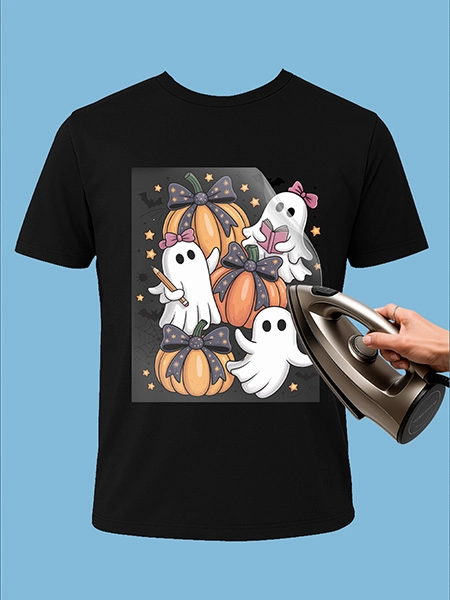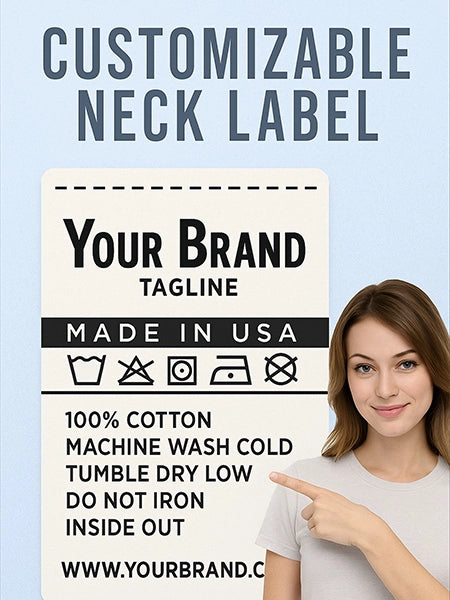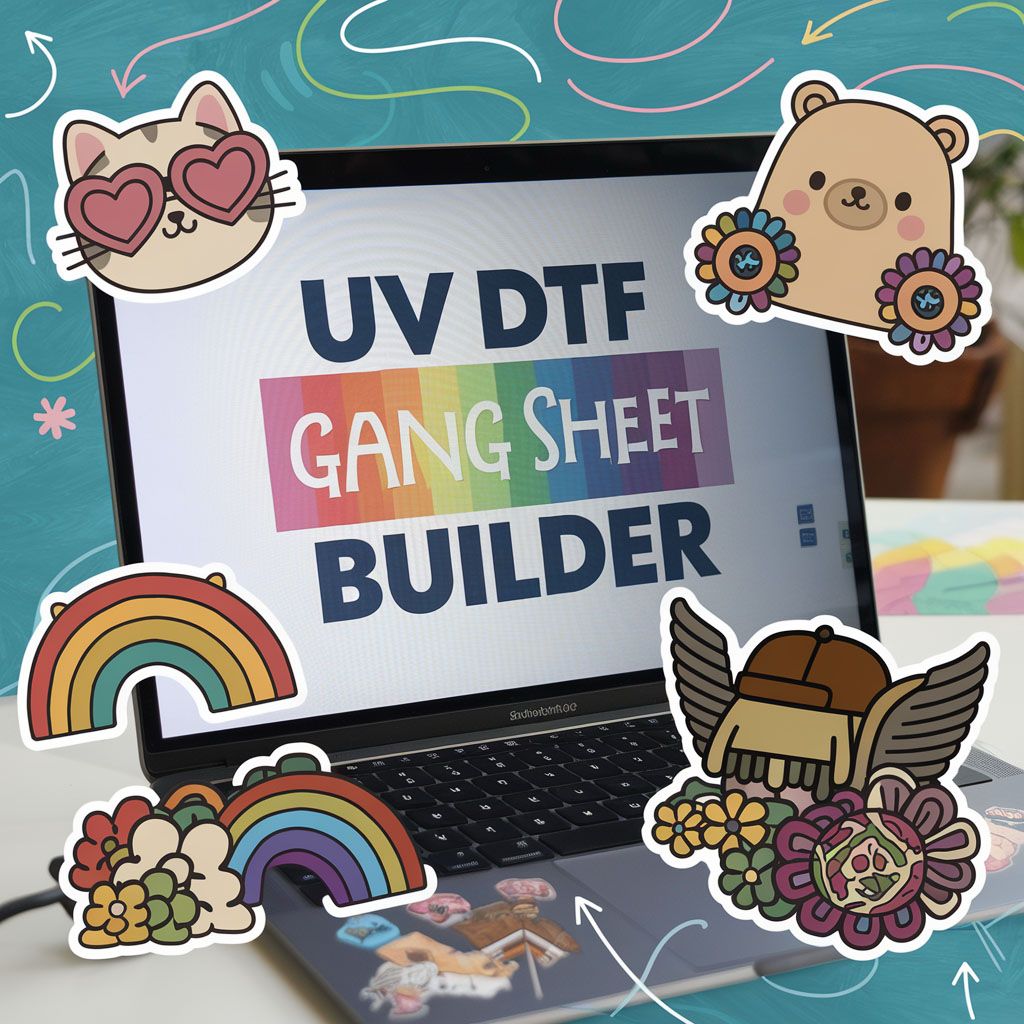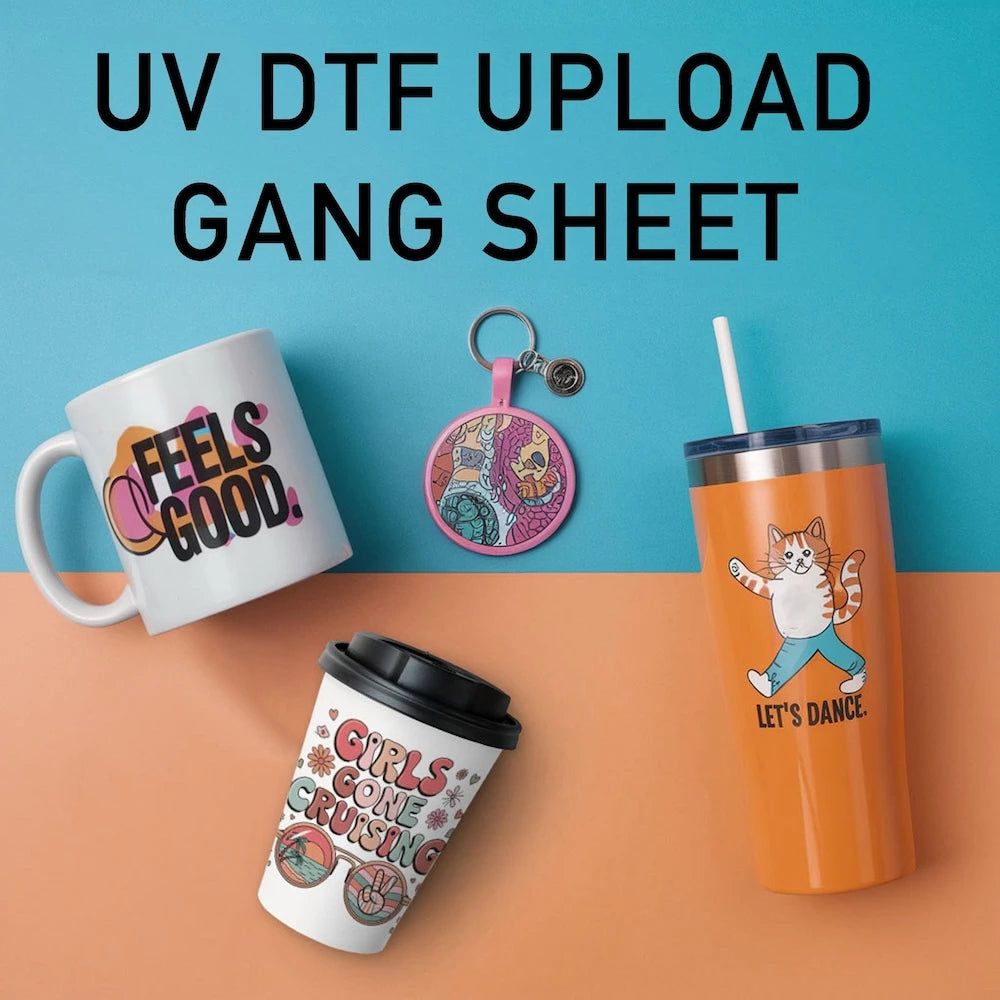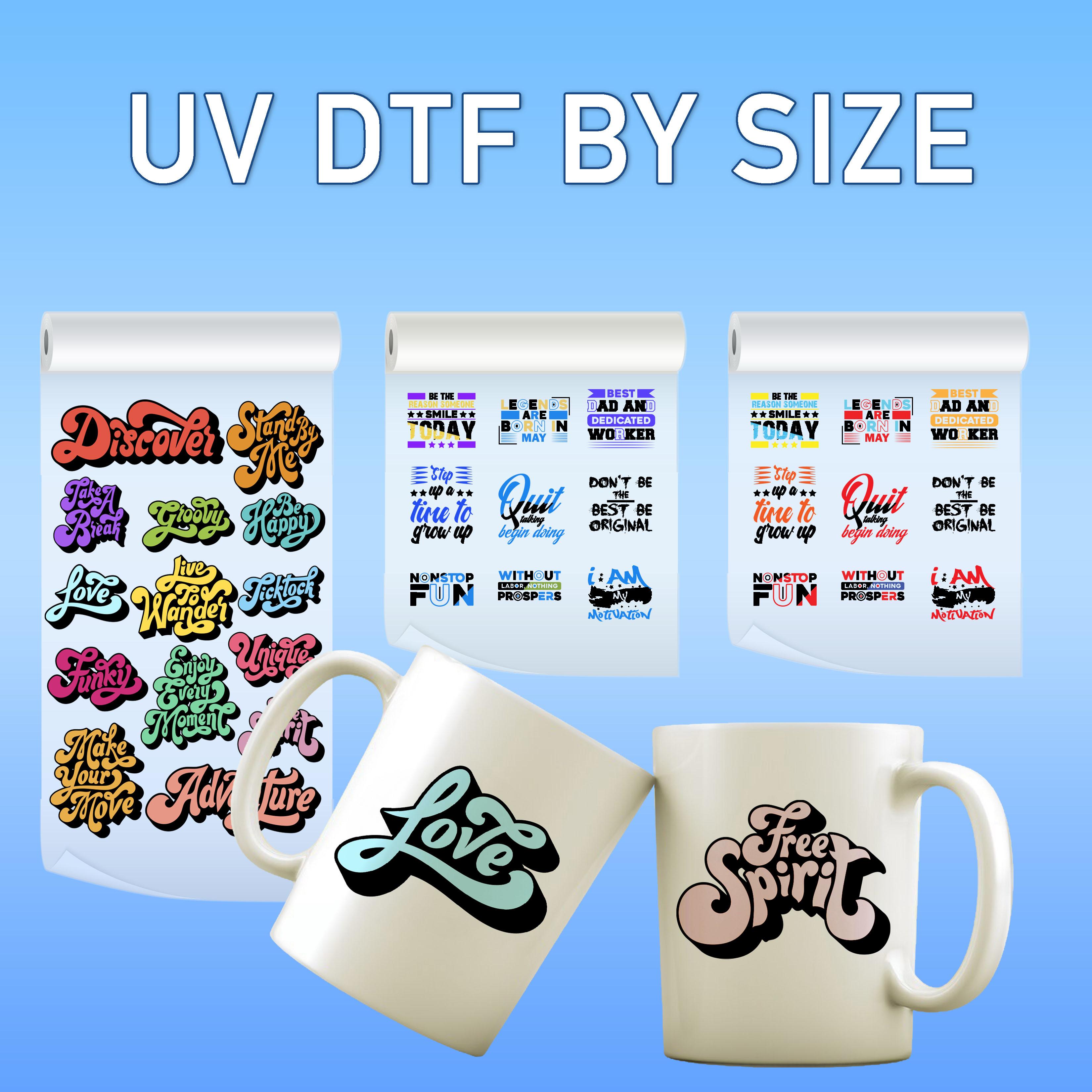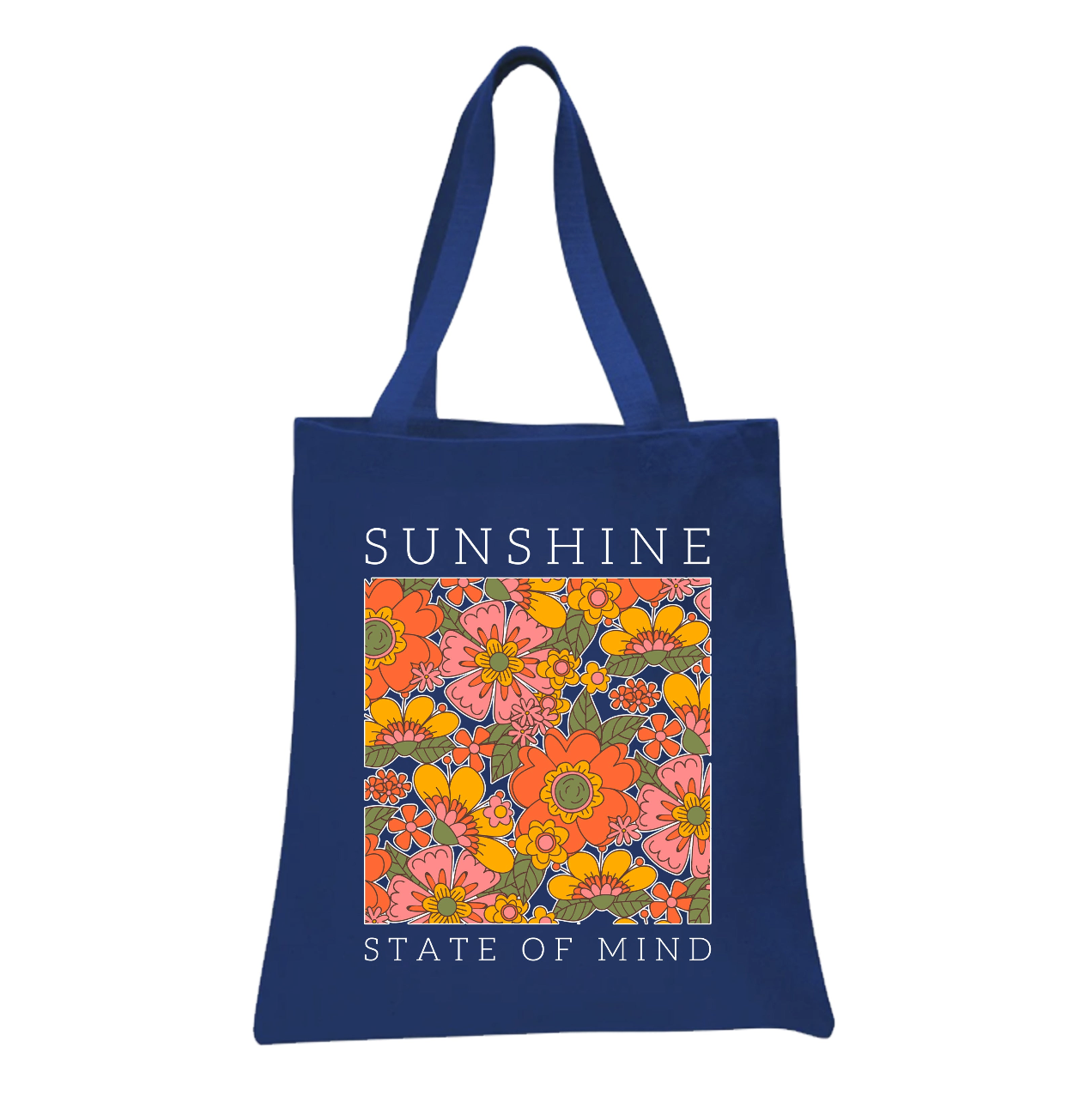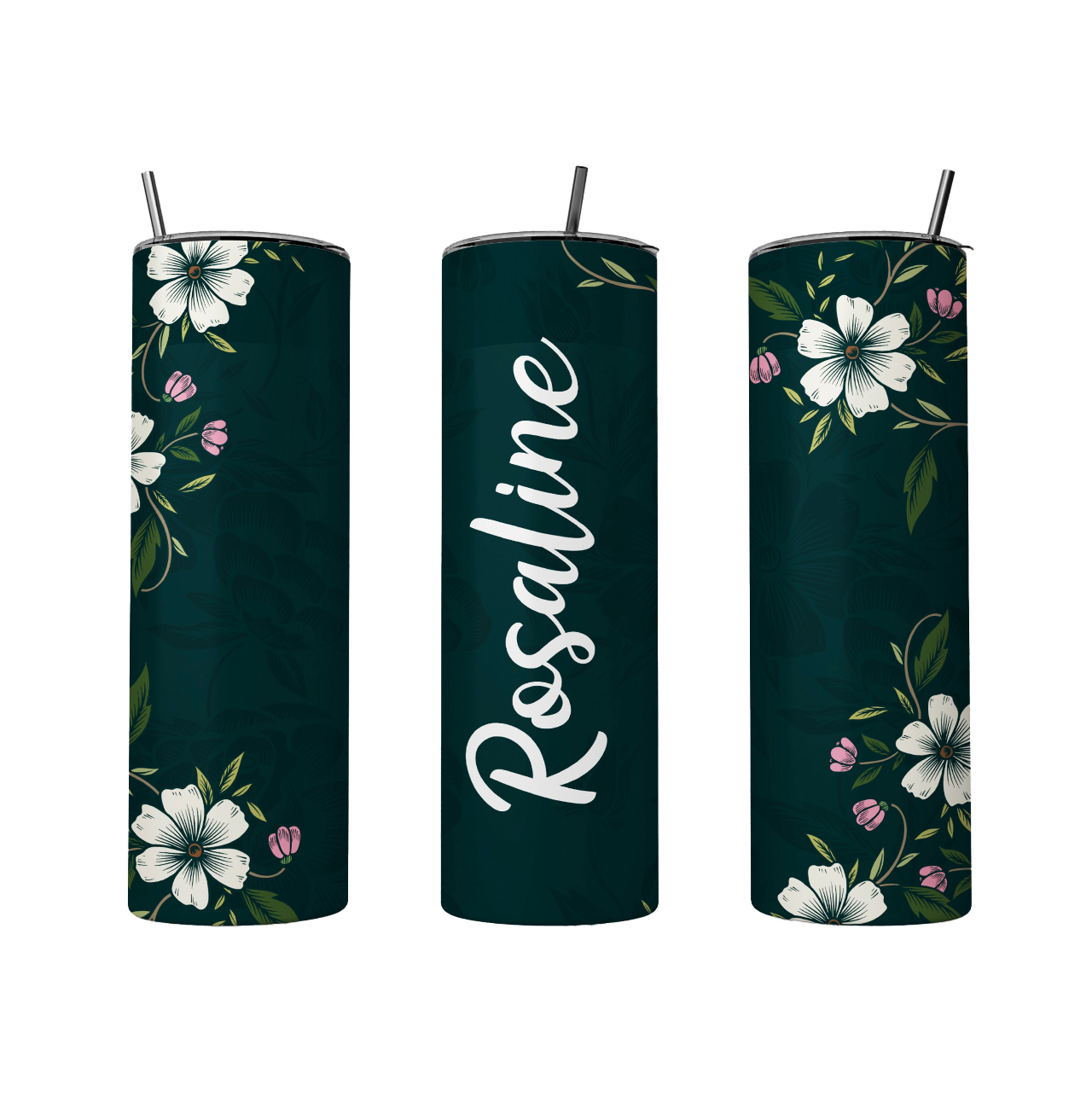DTF vs Sublimation: Which is Best for Your Business?
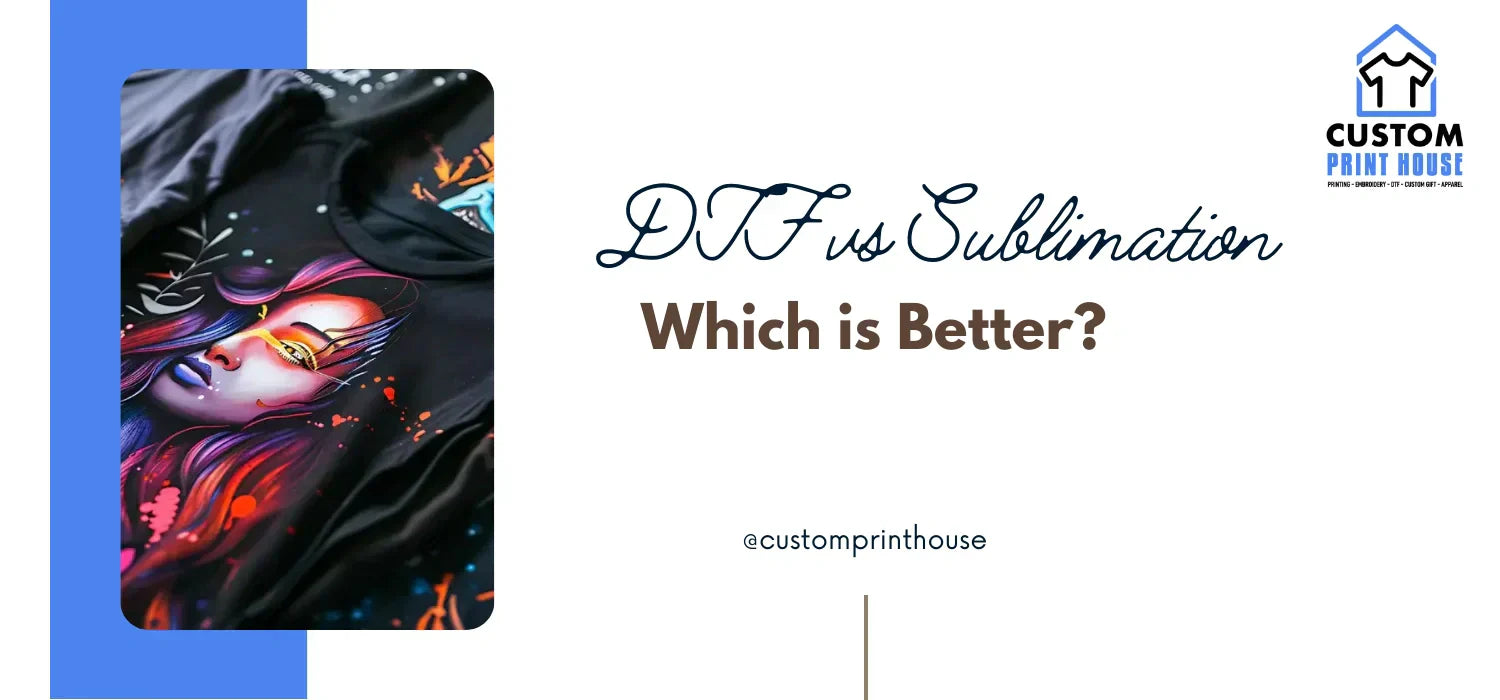
The most commonly used printing methods in the promotional industry are called DTF vs Sublimation. To compare DTF and Sublimation, it is necessary to provide some information about these two printing methods.
What is DTF Printing?
To compare sublimation vs DTF printing methods, let's provide some information about DTF printing. DTF printing (Direct to Film) is called direct-to-film printing. It is applied using a digital printer. A special water-based ink is printed onto a thin layer of PET film. The printed film is then transferred directly onto the fabric. High heat is used during the transfer process. The most distinctive feature of this method is the use of white ink. This allows printing on all kinds of textile products, including dark-colored fabrics.
The working principle of DTF printing is explained below in bullet points.
- The printing process begins with the design and printing stage. The prepared design is sent to the DTF printer. The printer prints white ink layers and colored ink layers onto a transparent PET film layer.
- DTF transfer vs. Sublimation In the second stage of the process, powder sprinkling is applied. A special adhesive powder is sprinkled automatically or manually. The powder ensures that the ink adheres to the fabric.
- The powdered film is passed through a melting oven. The heat in the melting oven causes the powder to melt and combine with the ink, allowing a solid transfer layer to form.
- The transfer layer that is created is placed on top of the fabric to be printed. The film is held in a specific heat and pressure environment with the help of a heat press machine. The film is cooled and pulled off. This leaves the print on the fabric.
DTF printing offers numerous advantages. It features universal compatibility. It can be applied to many materials such as cotton, polyester, nylon, linen, leather, and synthetic leather. It ensures excellent results in dark colors.

Thanks to the white ink layer, it helps achieve vivid results in all dark colors, especially black. It enables high-detail printing with photo-quality results. It allows for the printing of multi-colored and complex designs. It is extremely resistant to washing, abrasion, and fading. It is cost-effective.
What is Sublimation Printing?
When discussing DTF printing vs. Sublimation printing, it is also important to mention the advantages of sublimation printing. This type of printing is the process of converting a solid substance directly into a gas form without passing through a liquid state. Sublimation printing is achieved based on this principle.

Specially formulated sublimation inks are converted into gas under high heat and pressure. They penetrate the surface of materials such as polyester and fiber, creating a permanent bond. With this method, the print is embedded within the fabric rather than on its surface.
- The sublimation printing method works according to the following principles:
- The design is prepared on a computer during the design and printing stage. It is transferred to special transfer paper using a sublimation printer and ink.
- The printed transfer paper is placed on the material to be printed.
- The paper with the material is placed in a heat press machine set to a temperature range of 180-200 degrees. Under high heat and pressure, the inks vaporize and penetrate into the material.
- After cooling, the transfer paper is removed and the printing process is complete.
Sublimation printing offers numerous advantages. Since the print is embedded into the fabric, it is extremely resistant to washing and abrasion. It is also resistant to sunlight and fading. Because the print blends with the fabric's texture, it is imperceptible to the touch. It offers a soft and breathable structure. It delivers high detail and vibrant colors with photo-quality results. This method is also highly effective for gradient color transitions. It can be applied to almost all surfaces.
What Materials can Be Printed with DTF and Sublimation?
Polyester fabrics are ideal materials for sublimation printing. It is beneficial for them to be white or light-colored, as the ink may not be visible on dark backgrounds. This technique can be applied to products such as sports uniforms, flags, pillowcases, hats, and bikinis. It can also be applied to polyester-coated surfaces. It can be printed on products such as aluminum cups, ceramic plates, glass coasters, mats, and magnets.
In terms of DTF ink vs. sublimation ink comparison, DTF printing can be applied to all surfaces. It can be easily applied to cotton custom t-shirts, sweatshirts, canvas bags, hats, polyester sportswear, and fabric shoes. It can be easily applied to many types of fabrics such as cotton, nylon, and linen.
Advantages of DTF Printing
This printing technique has many advantages. Here are the advantages of DTF printing compared to sublimation. It allows printing on almost any material. Printing can be easily done on cotton, polyester, nylon, linen, leather, synthetic leather, and other materials. Additionally, with proper preparation, printing can also be done on hard surfaces such as glass, metal, and wood.

It ensures excellent results on dark colors. In the context of DTF vs. sublimation, DTF transfers contain a white ink layer. This allows for excellent results even on dark-colored materials. DTF printing enables high-quality color and detail reproduction. This technique is preferred for photo-quality prints. Design limitations are virtually non-existent with this technique.
When applied correctly, the DTF technique can produce products with high durability. It is highly resistant to washing, abrasion, and fading. It retains its color and flexibility even after numerous washes. DTF printing offers low initial and accessibility costs. Compared to digital methods, the initial investment costs are lower.
This printing technology allows even a single product to be produced economically. It is ideal for personalized products, small batch products, and prototyping. It also has the scalability to suit large-scale production.
DTF printing allows for easy application and operation without pre-treatment. The fabric does not need to be pre-treated beforehand. It can be applied directly using a heat press machine. This simplifies and speeds up the process.
Advantages of Sublimation Printing
Sublimation printing offers numerous advantages. Here are the benefits of sublimation printing.
It is highly resistant to washing. Colors do not fade, crack, or peel off after multiple washes. It is also extremely resistant to abrasion. There is no wear and tear on the print. Sublimation printing is resistant to UV rays. Colors remain vibrant for a long time, especially on flags and outdoor products.
The print becomes one with the fabric. When touched, no raised areas or layers can be felt. Sublimation printing does not affect the breathability of the fabric it is applied to. This is particularly advantageous for sportswear products. Due to the properties of sublimation inks, colors and vibrancy can be preserved for a long time. Excellent results can be achieved with photographs, gradients, and complex patterns. The entire surface of the fabric to which the sublimation technique is applied can be covered. The technique allows for this. It is an ideal technique for sportswear, flags, pillowcases, and full-body garments.
Sublimation technology ensures consistency and efficiency in production. The same design can be reproduced multiple times with the same quality. This technique enables high resolution. Production can be carried out extremely quickly. This technique is environmentally friendly. As a result of production, no wastewater is generated, the production does not contain harmful chemicals, and the amount of waste is extremely low.

DTF vs Sublimation: Which is More Durable?
Durability may vary depending on the material being printed on. It offers durability on products such as polyester. For cotton and dark products, digital printing is the most durable option.
In a durability comparison between DTF printers and sublimation printers, products made using the sublimation technique are resistant to washing and abrasion. They are also extremely resistant to UV rays. Products made using the sublimation technique do not crack or peel. They maintain the fabric's flexibility and breathability.
Products obtained using the DTF technique are highly resistant to washing. In other words, they are resistant to washing and abrasion. Therefore, they have a wide range of applications. Good results can be achieved on cotton and dark-colored products.
As a result, it can be said that both methods provide superior performance in terms of durability.
DTF vs Sublimation: Which has Better Quality?
Sublimation printing yields better results on white polyester material. DTF printing is more advantageous for cotton and dark-colored products. The best quality in DTF vs. sublimation depends on the selected material.
In sublimation printing, colors are bright and vivid. In DTF printing, tones are more matte and realistic. In terms of print feel and texture, the sublimation technique is more integrated with the fabric and therefore imperceptible. In DTF printing, a soft, velvety layer can be felt.
In a quality comparison between DTF vs sublimation, high-resolution results can be achieved with both methods. In terms of compatibility with the material and background color, sublimation yields better results on white and light colors. The DTF technique, on the other hand, produces good results on all types of fabrics and colors.
Both DTF vs sublimation techniques offer high durability. Products made using either technique are resistant to many external factors, especially sunlight.
Setup Time for DTF vs Sublimation
The setup process for sublimation printing is shorter and simpler. The main focus here is ensuring the heat press reaches the correct temperature. In DTF printing, the setup process is longer. Adjusting the printer, applying the powder, and melting the powder take considerable time.
DTF vs Sublimation: More Cost-Effective for Small Orders?
In a cost comparison between DTF vs sublimation techniques, it can be said that the DTF printing technique is more cost-effective. The reason for this is that the special polyester materials used in the sublimation method are more expensive than those used in the DTF technique. In other words, the main cost comes from the material itself, not the printing process. The cost of DTF vs. sublimation can vary depending on the material used.
DTF vs Sublimation: What’s the Delivery Time?
Sublimation printing can be delivered in shorter timeframes for single items and small batches of 1-10 pieces. For medium and large batches of 50 pieces and above, DTF technology yields better results. This means delivery in shorter timeframes is possible.
For single and small orders, orders can be prepared in an average of 3-5 minutes using the sublimation technique.
With the DTF technique, this process takes about 10-15 minutes. For medium-sized orders, the time remains the same with the sublimation method. With the DTF technique, 15 seconds must be added to the time per product.
DTF vs Sublimation: Which Is Better for Your Business?
On average, both methods are suitable for businesses. The technique used will vary depending on the business's customer portfolio. For all your printing needs, you can reach us at Custom Print House.

